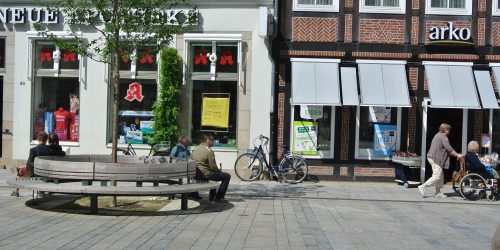
Published 12/04/22
Active urbanism. The potential effect of urban design on bone health
Cities are becoming less physically challenging, making residents weak, fragile and dependant on technologies. We aim to bring medical knowledge…

Published 12/04/22
Cities are becoming less physically challenging, making residents weak, fragile and dependant on technologies. We aim to bring medical knowledge…

Published 12/04/22
The search for a more age-inclusive city needs to recognise the power of property development and how older people’s groups…

Published 12/04/22
Is a bike lane enough? What about a multi-use pathway? New research suggests that looking at interventions one at a…

Published 12/04/22
Repurposing sports stadiums for live concerts puts the neighbourhood at risk of exposure to harmful and disruptive levels of noise…

Published 12/04/22
A look at the urban design preferences of older adults from Germany, groups which are often underrepresented in urban planning participatory…
Published 17/03/22
How can health officials reach urban populations most at risk for NCDs? A new study from the USAID-funded ‘Building Healthy…